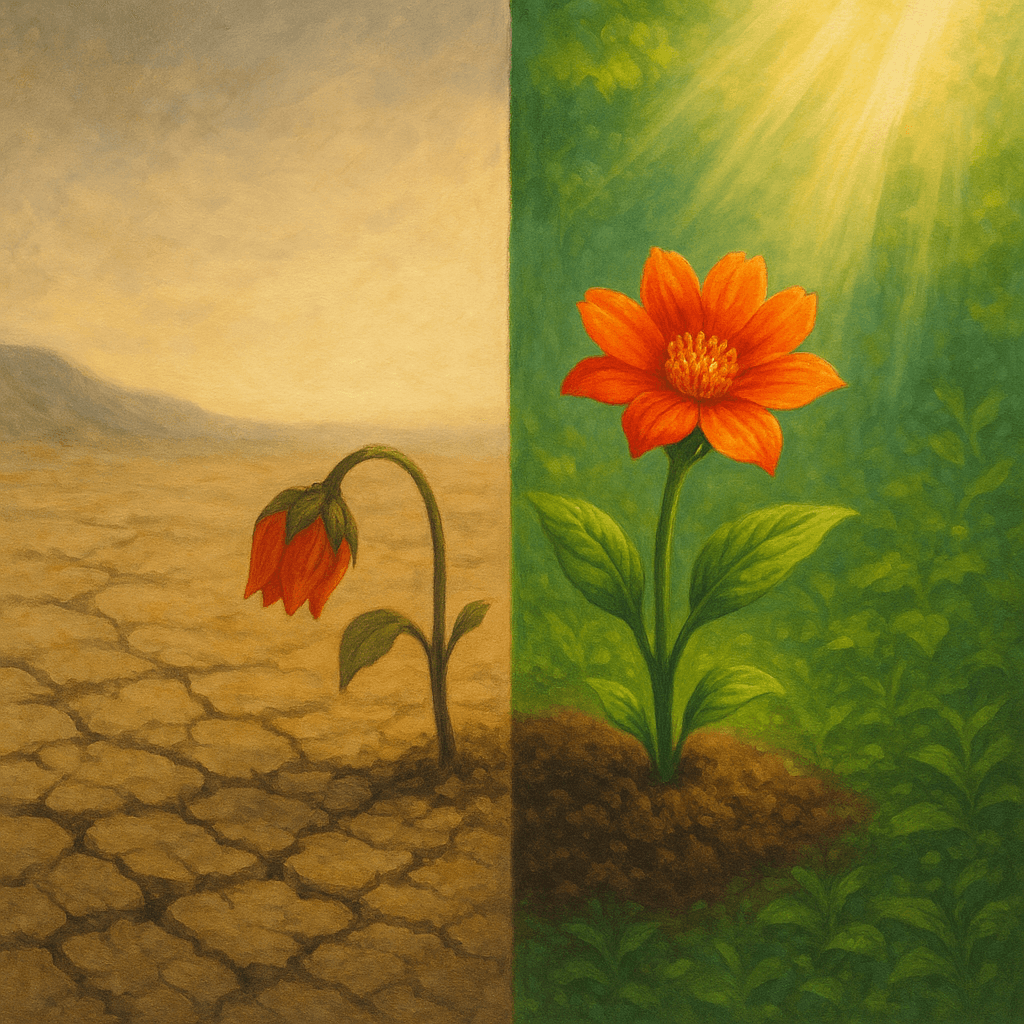Nurturing Growth by Shaping the Environment

When a flower doesn’t bloom, you fix the environment in which it grows, not the flower. — Alexander Den Heijer
Understanding the Metaphor
At first glance, Alexander Den Heijer’s quote uses the image of a struggling flower to communicate a deeper message about human development. Rather than blaming the flower—a symbol of individual potential—for failing to bloom, he advises tending to the environment, suggesting that external conditions often play a pivotal role in flourishing. This perspective encourages us to shift our focus from personal shortcomings to surrounding influences when seeking improvement.
The Roots of Environmental Influence
Building on this metaphor, research in developmental psychology highlights how children’s growth is strongly shaped by their contexts. For example, Urie Bronfenbrenner’s ecological systems theory (1979) maps out how family, school, and broader society contribute to a child’s well-being. When a student struggles, educators are urged to assess classroom dynamics or home life, rather than simply labeling the child as deficient—echoing Den Heijer’s wisdom.
Lessons from Nature and Horticulture
Transitioning from people to plants, horticulturists understand the importance of soil, sunlight, and water in cultivating healthy flowers. Celebrated gardener Gertrude Jekyll once noted, 'The love of gardening is a seed once sown that never dies.' Her philosophy was to enrich the earth and adjust conditions to foster growth—mirroring how thoughtful changes in our environment can unlock hidden potential in ourselves and others.
Applications in Work and Leadership
This principle readily extends into organizational and leadership contexts. Modern managers are encouraged to examine workplace culture when team members underperform. Studies by Gallup (2017) show that engaged, supportive environments yield significantly higher productivity and satisfaction than those with blame-oriented atmospheres. Leaders who nurture talent by removing obstacles and promoting positive conditions find their teams more likely to ‘bloom’ collectively.
Cultivating Environments for Lasting Change
In conclusion, the emphasis on reshaping environments—rather than blaming individuals—fosters empathy and lasting progress. Whether in classrooms, offices, or communities, focusing on adjustive, supportive surroundings can transform outcomes. By embracing Den Heijer’s advice, we cultivate not just growth, but resilience and renewed possibilities for everyone who has struggled to bloom.